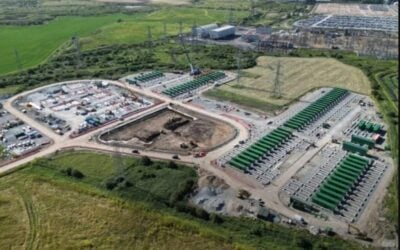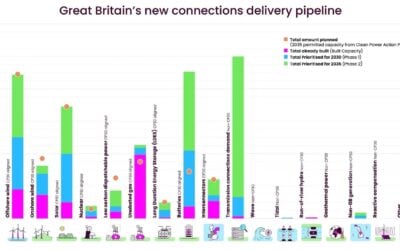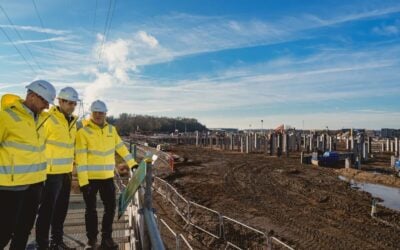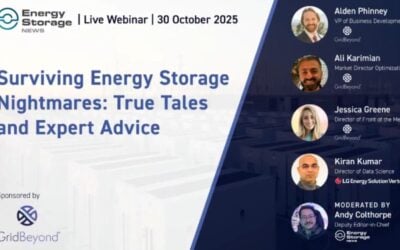
A new market for providing ancillary services to the UK’s grid has been highlighted as more valuable in its first seven weeks of operation than any other frequency response service run by the network operator, National Grid ESO.
Arenko, a battery software and controls platform technology company headquartered in London, is lauding its position as the only company to have been successful in winning each of the daily auctions of National Grid ESO’s new Dynamic Containment service.
Dynamic Containment was introduced on 1 October with an intention of bringing the frequency response market closer to real time, with tenders running daily from 11pm to 11pm. Alex Done, lead data scientist and market analyst for energy transition specialists Modo Energy wrote this explainer blog for Energy-Storage.news as the service went live.
Arenko – which was one of the first companies alongside Flexitricity to provide the service – has now released analysis of the service, praising it as “one of the most advanced frequency response services in the world”.
Try Premium for just $1
- Full premium access for the first month at only $1
- Converts to an annual rate after 30 days unless cancelled
- Cancel anytime during the trial period
Premium Benefits
- Expert industry analysis and interviews
- Digital access to PV Tech Power journal
- Exclusive event discounts
Or get the full Premium subscription right away
Or continue reading this article for free
It outlined how the daily auction winning prices have consolidated on a price of £17/MW/h (US$22.71), representing a net income of nearly £150,000 per MW per year. This is 2-3 times the price of other frequency response services, the company said, and is “interesting” for battery owners as it values fast and precision control with high-resolution data provision over the alternative trading strategy where value is driven by optimisation of trading strategies.
However, it expects these high prices to reduce as new providers enter the market and the ESO’s demand for the service is satisfied. This is currently not happening, with less than 300MW bidding when National Grid ESO’s initial requirement stands at 500MW. This is set to increase to 1GW from next year. The reason behind the low levels of participation is the service being challenging to qualify for and deliver, Arenko said.
To read the full version of this story visit Current±.
The sixth annual Energy Storage Summit hosted by Solar Media takes place in February and March 2021. See the website for more details.





